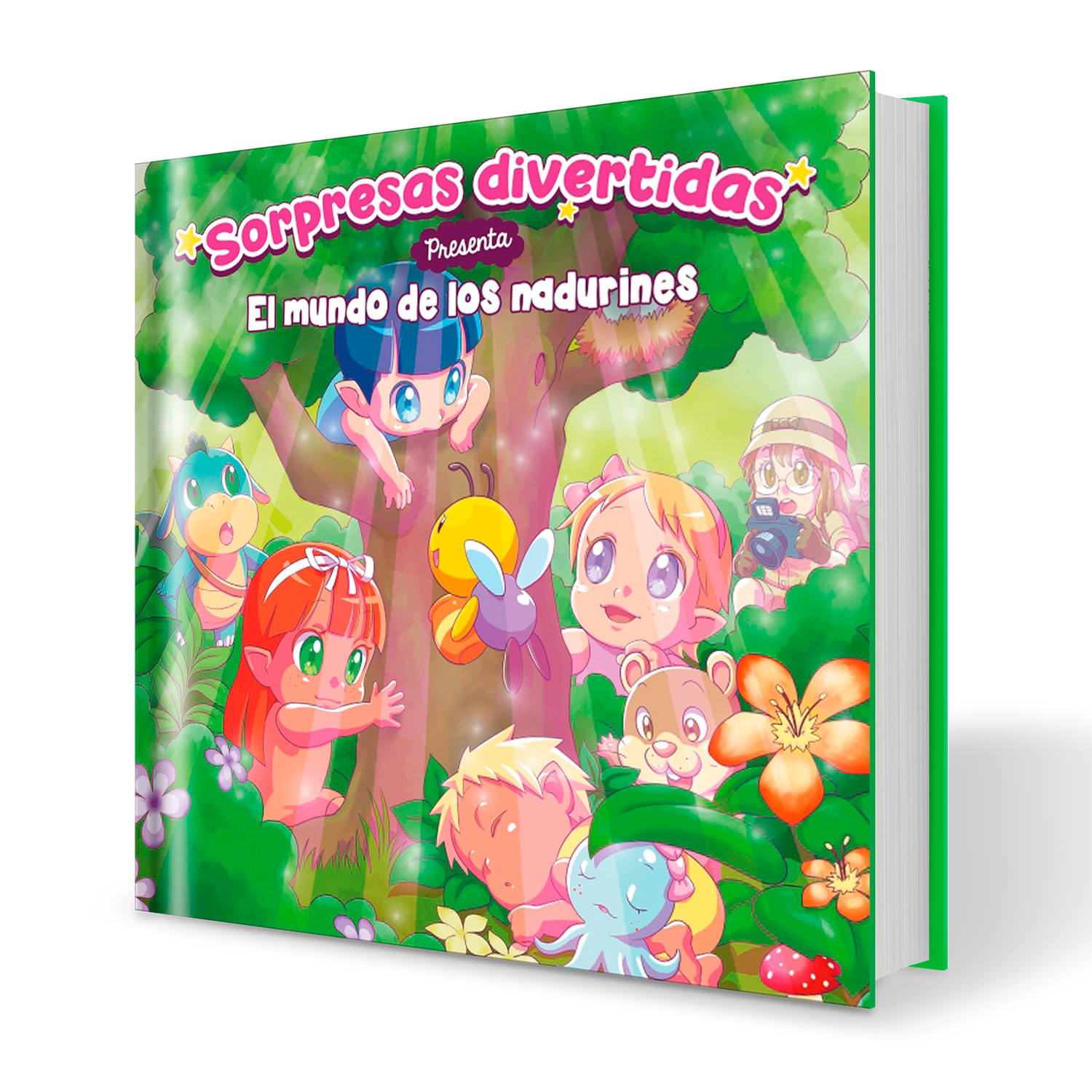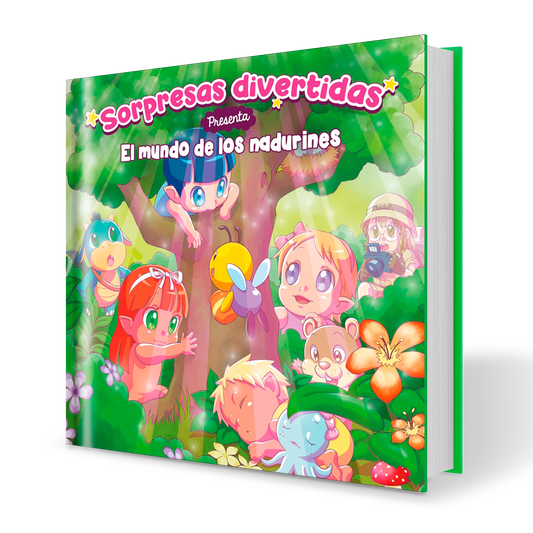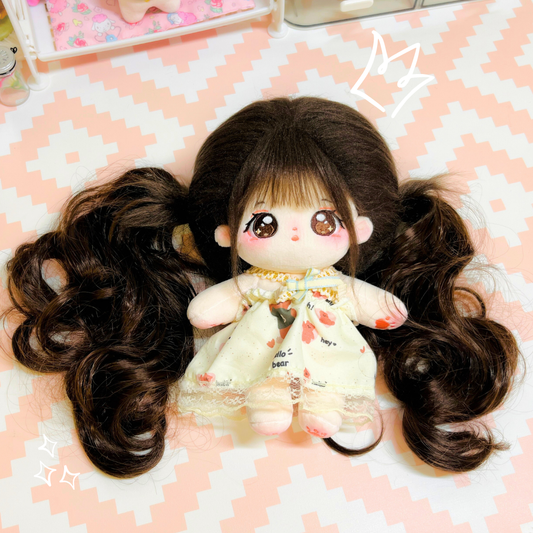Cuántos días tiene febrero
Sabemos, o quizás lo sabes ahora, que febrero tiene tan solo 28 días, a diferencia de los demás que se van alternando entre los 30 y los 31. ¡Con la excepción de julio y agosto que se repiten! ¿Te sabes el truco de los nudillos para saber los que tiene cada mes?Cada cuatro años, se dice que tenemos un año bisiesto y, en ese, febrero pasa a tener 29 días en lugar de 28. ¡Imagina que ese día es tu cumpleaños! ¡Tendrías que esperar otros cuatro para volver a celebrarlo en el día que corresponde!
¿Y qué son exactamente estos años bisiestos? Pues está relacionado con las estaciones y la rotación de la Tierra alrededor del Sol. Nuestro planeta tarda exactamente 365,24 días en dar la vuelta completa. Pero como no podemos partir un día en cuatro y vivir solo esa pequeña parte de cada año, lo que se hace es que se guarda hasta que alcanza un día entero.
Espera, que te lo explicamos de otra forma. Ese 0,24 es más o menos la cuarta parte de un día. Imagina que tienes un círculo, y que representa a un día, y lo divides con una cruz en cuatro partes; cada una sería un 25% o 0,25, ¿verdad? Cada parte es un año, así que cuando han pasado esos cuatro y has sumado todos tus 25%, tienes un día extra. Y lo que se hace es añadírselo a febrero que es el más corto.
Por qué febrero es el mes más corto del año
Ya sabes una parte de la historia, ¡ahora solo nos queda conocer el motivo por el que febrero es el mes más corto! Allá por el siglo VIII a.C. se utilizaba un calendario que solo tenía 10 meses. Como el invierno no aportaba nada a las cosechas, ni siquiera le ponían nombre a estos meses. ¿Te imaginas pasar días y días sin saber en qué momento del año estás? Pues estos días hacían un total de 304.
Unos años más tarde, a un rey, Numa Pompilio, le pareció que no tenía sentido, así que añadió enero y febrero al final del calendario, y cubrió así los 12 ciclos lunares que tienen lugar en un año. ¡Todo los elementos de la naturaleza están relacionados unos con otros!
Pero como en esta época eran muy supersticiosos, querían que los meses acabaran en números impares. La mayoría de los meses tenían 29 y 31 días, menos febrero que, por ser el último, se quedó en 28. Tras muchos cambios, se quedaron con un año de tan solo 355 días.
Pero esto dio lugar a multitud de problemas. Finalmente, fue Julio César quien reformó el calendario y lo ajustó al sol, y se quedó con los 365 días actuales, con meses de 30 y 31 días. Quizás por la posición que ocupaba febrero en el orden, se quedó tal y como estaba. Y hoy simplemente se le añade un día extra para poder ajustarnos al ciclo completo de la Tierra.
¡Vaya lío! ¡Quién habría imaginado que se tardaría tanto tiempo en lograr ajustar un calendario! Esperamos que te haya gustado esta lección de hoy y que lo recuerdes cuando vuelva febrero. ¡Hasta pronto!






